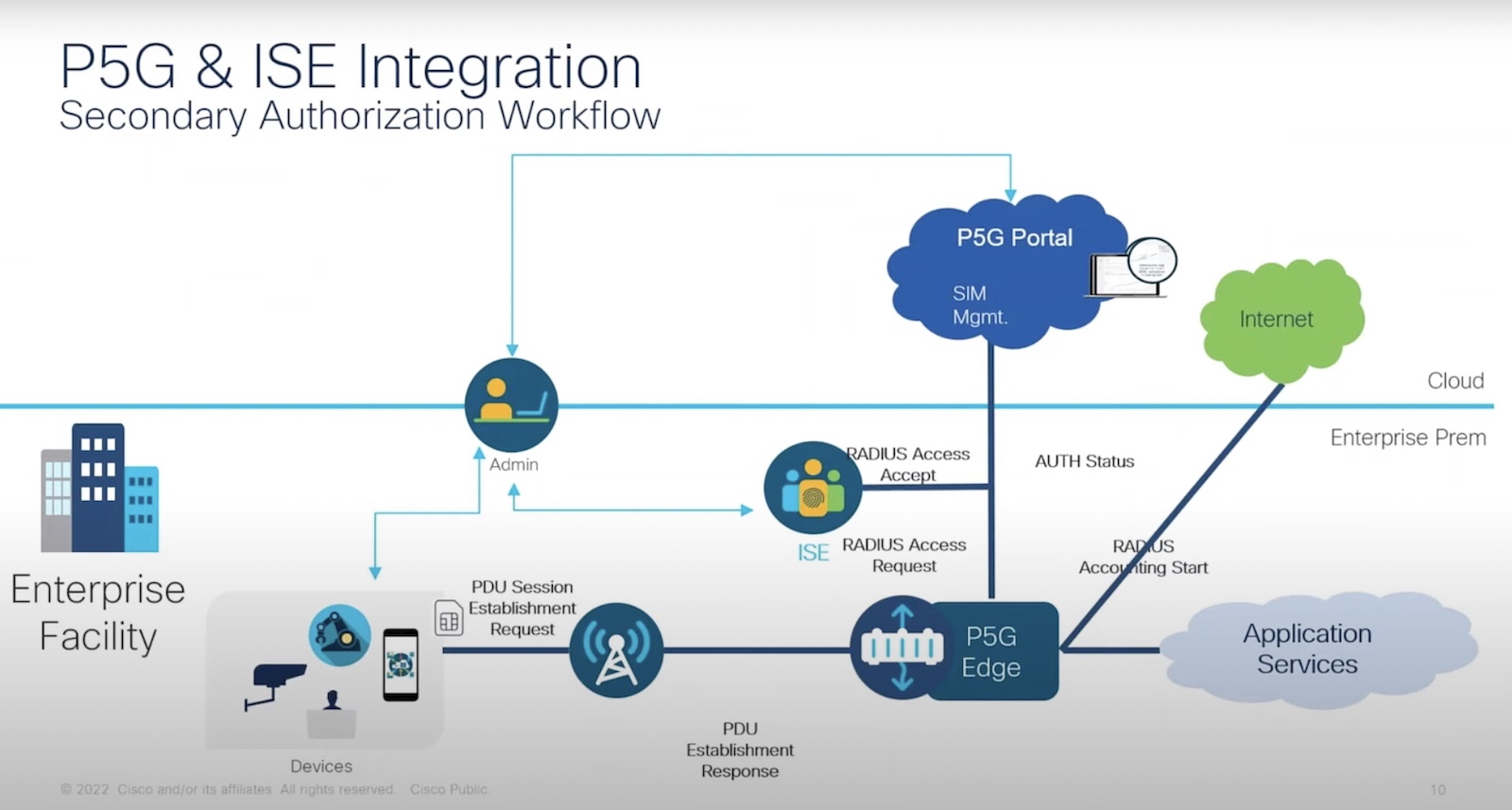Podcast: Play in new window | Download (19.3MB)
Subscribe: Apple Podcasts | Spotify | Amazon Music | RSS | More
What You’ll Hear
This week on the Packet Pushers podcast, Greg and Ethan continue an IPv6 technical deep-dive with Matt Ryanczak, Network Operations Manager at ARIN (where they’ve been running IPv6 since 2003) and Jan Bervar from NIL who has done several enterprise IPv6 deployments.
This is part 2 of 2. In case you missed it, part 1 was posted here.
- Running dual-stack IPv4 and IPv6 on my network scares me! Should I be scared?
- How long have vendors been including IPv6 features in their operating systems?
- There’s a useful DNS trick in a dual-stack environment: you can run an IPv4 name server to serve up IPv6 addresses.
- What routing protocol considerations does IPv6 bring to the table? Is OSPF still OSPF? What does my BGP configuration look like?
- Did you know that you can exchange IPv6 BGP routes via an IPv4 BGP neighbor? Not that you’d want to normally…but you could.
- Do we really have a globally connected IPv6 Internet at this time (late 2010)?
- IPv6 transition challenges aren’t just technical: some carrier provisioning systems aren’t ready to accept IPv6 addresses as input.
- We got used to IPv4 summarization when we were designing large internetworks. Is summarization still a valid technique when using IPv6?
- IPv6 access-lists and prefix lists: different or the same when compared to IPv4? Mostly the same, but with some interesting quirks.
- What systems that we find commonly connected to our networks are truly IPv6 ready? Juniper, F5, Brocade, etc.
- Another neat transition trick possible with some load-balancers: present an IPv6 address as your virtual address, and use it to hide IPv4 hosts serving the content.
- What’s the best way to connect IPv6 islands when all you’ve got is IPv4 transit between them? Tunnels (the duct tape of the Internet) are one way, but with the same old challenges: MTU, PMTUD, and fragmentation.
- What is the performance penalty when pushing IPv6 traffic through switching silicon optimized for IPv4? Probably a lot while the vendors ramp up.
- When planning an IPv6 deployment, don’t forget to make sure your applications are ready for IPv6. Many applications are not expecting anything other than an IPv4 address — will they break when fed an IPv6 address?
- Go and do it! Time is of the essence. IPv4 address space will be gone in 2011. If you as a network engineer aren’t playing with IPv6 now, you’re putting your business at a disadvantage.
Feedback
Follow the Packet Pushers on Twitter (@packetpushers | Greg @etherealmind | Dan @rovingengineer | Ethan @ecbanks), and send your queries & comments about the show to [email protected]. We want to hear from you!




